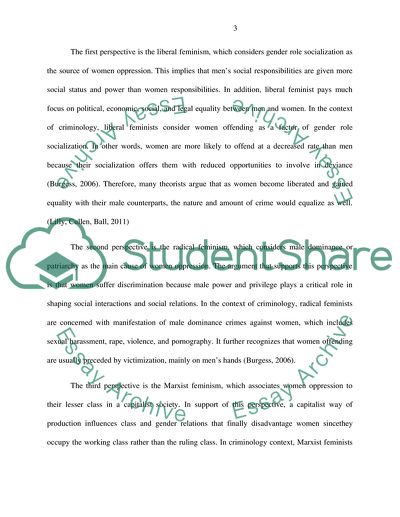Cite this document
(Strengths And Weaknesses Of Feminism Theory Research Paper, n.d.)
Strengths And Weaknesses Of Feminism Theory Research Paper. Retrieved from https://studentshare.org/sociology/1800521-feminist-theory
Strengths And Weaknesses Of Feminism Theory Research Paper. Retrieved from https://studentshare.org/sociology/1800521-feminist-theory
(Strengths And Weaknesses Of Feminism Theory Research Paper)
Strengths And Weaknesses Of Feminism Theory Research Paper. https://studentshare.org/sociology/1800521-feminist-theory.
Strengths And Weaknesses Of Feminism Theory Research Paper. https://studentshare.org/sociology/1800521-feminist-theory.
“Strengths And Weaknesses Of Feminism Theory Research Paper”, n.d. https://studentshare.org/sociology/1800521-feminist-theory.


